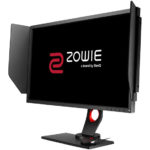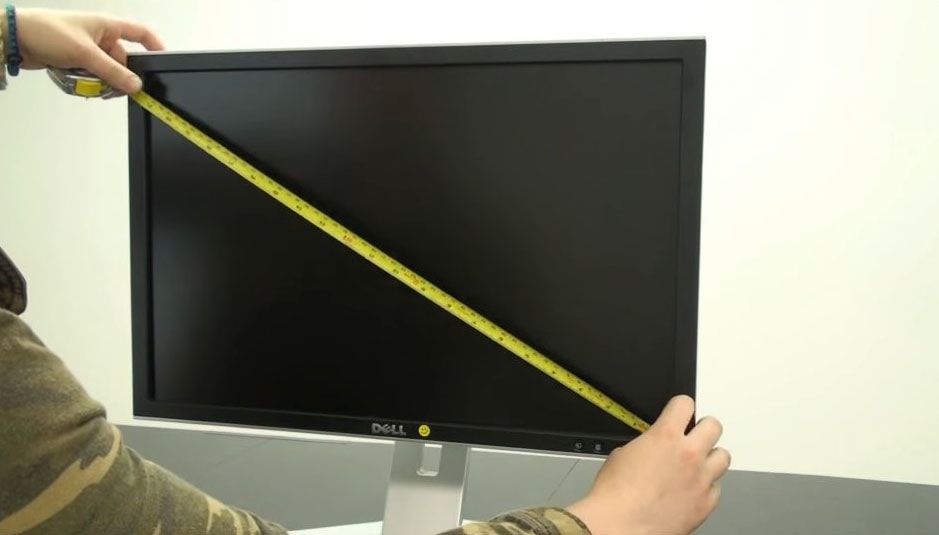How to overclock a monitor
The content of the article
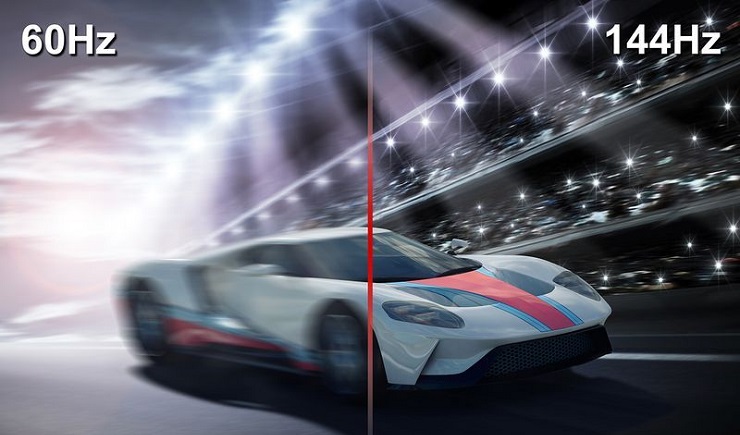
Hertz is the number of times per second that the display updates its image. Since motion is shown by the difference between frames, the refresh rate effectively limits the apparent frame rate. But the refresh rate does not match the frame rate.
Computer update speed
The refresh rate is an attribute of the monitor, and the frame rate is an attribute of the information sent to it.
If you can run a game at 100 frames per second, you can experience a tangible benefit by playing it on a monitor that can refresh that many times per second. But if you're watching a movie at classic 24 frames per second, a higher refresh rate monitor won't make any difference.
When comparing the performance of two gaming computers, we often look at the frame rate that each computer is capable of playing a particular game with the same resolution and graphics quality. Frame update rate is measured in FPS or Frames per Second. Most people know that higher FPS is better, but let's clear up some common misconceptions about FPS and refresh rate.
What is the Hertz voltage of a laptop monitor?
First, let's define the meaning of the word frame and what determines the frame rate? A frame is a single still image that is combined in a quick slide show with other still images.Each image is slightly different to create the illusion of natural movement. Frame rate is the number of images displayed per second.
 To create or render a new frame, your CPU and GPU work together to determine the AI actions, physics, positions and textures of objects in the scene to create the image. Your GPU then slices that image into pixels at the resolution you specify and sends that information to the display. The more powerful your CPU and GPU, the more frames they can generate per second.
To create or render a new frame, your CPU and GPU work together to determine the AI actions, physics, positions and textures of objects in the scene to create the image. Your GPU then slices that image into pixels at the resolution you specify and sends that information to the display. The more powerful your CPU and GPU, the more frames they can generate per second.
Response time is the time it takes for a pixel to transition from one color to another. Typically measured in milliseconds (ms), this is directly related to the refresh rate, as a monitor can only truly update its image quickly if the pixels respond quickly enough. The 16ms response time corresponds to a theoretical maximum refresh rate of 60Hz 1s/60 = 16.6ms.
Your monitor or display is where the refresh rates come from. Measured in (Hz), the number of times per second your monitor can redraw the screen. A reading of 85 Hz means that your display is capable of redrawing the entire screen 85 times per second.
How to overclock a monitor?
How to overclock your monitor:
Note. Be sure to read the instructions, requirements, and warnings completely. Not all monitors are overclocking compatible.
Overclocking a monitor is a bit tricky; but it becomes quite easy if you read the instructions, warnings and requirements.
In order for DVI-D cables to have enough bandwidth to support 1440p screens at 120Hz, the clock speed of the DVI-D cables must be increased.ToastyX has released patches for AMD and nVidia control panels; installing these patches will add an option to the control panel/catalyst to increase update speed (thanks, ToastyX). Simply run the patcher and then download and use the Custom Resolution Utility (created by ToastyX) to create multiple profiles with different Hz settings.
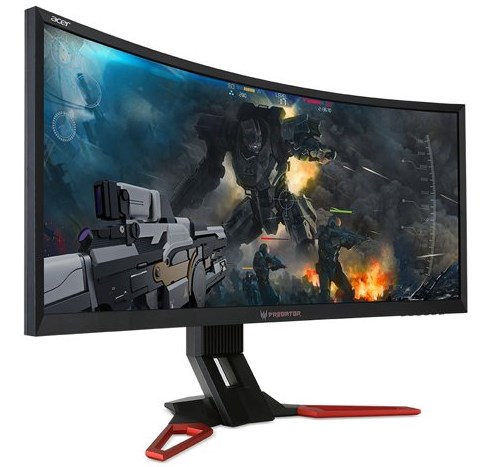 In Windows 10, go to Settings > System > Display > Advanced display options > Display adapter properties. Click the "Monitor" button, find what you need in the "Screen refresh rate" list, click "OK".
In Windows 10, go to Settings > System > Display > Advanced display options > Display adapter properties. Click the "Monitor" button, find what you need in the "Screen refresh rate" list, click "OK".
In Windows 7 and 8, right-click on the table, click "Screen Resolution". Find your display if you have more than one screen, and then click the “Advanced settings” button. Go to “Monitor”, specify the “Screen refresh rate” parameters.
If your display and graphics card support NVIDIA G-SYNC, you're in luck. With this technology, a special chip on the display communicates with the graphics card. This allows the monitor to change its refresh rate to match the frame refresh rate of the NVIDIA GTX graphics card, up to the display's maximum refresh rate.
REFERENCE! This means frames are rendered as soon as they are rendered by the GPU, eliminating screen tearing and reducing stuttering when frame refresh rates are higher and lower than the display's refresh rate.
This makes it ideal for situations where the frame rate changes, which often happens in games. Today you can even find G-SYNC technology in gaming laptops!
AMD has a similar solution called FreeSync. But this does not require a proprietary chip in the monitor.Instead, FreeSync uses the DisplayPort Adaptive-Sync specification, which is a royalty-free industry standard. The difference between the two is that in G-SYNC, a proprietary module in the monitor controls how communication works between the devices. In FreeSync, the AMD Radeon driver and display firmware provide communication. AMD has demonstrated that FreeSync can work over HDMI, but it requires custom drivers from AMD and the monitor manufacturer.
Currently G-SYNC only works with DisplayPort, but this may change. FreeSync monitors are generally less expensive than their G-SYNC counterparts, but gamers tend to prefer G-SYNC over FreeSync as the latter can cause ghosting where artifacts are left behind in older images. However, this may change as both technologies are relatively new.
Can hertz slow down over time?
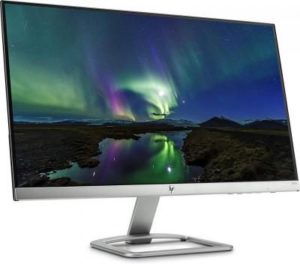 Each LCD screen has a maximum frame refresh rate. This is the speed at which the matrix can completely restart the picture, in other words update it, in a second.
Each LCD screen has a maximum frame refresh rate. This is the speed at which the matrix can completely restart the picture, in other words update it, in a second.
Hertsovka is not infinite and it has a limit. It is also not the same for certain screens and is encoded by the purpose of the end device. So, for screens in monitors and tablets, the frame refresh rate is approximately sixty hertz.
Display manufacturers relied on this frequency and over time organized production around it.
But a high frame rate does not mean that all images on the display will be smooth. All this is due to the limit above which the frame update rate is visually unable to increase.

